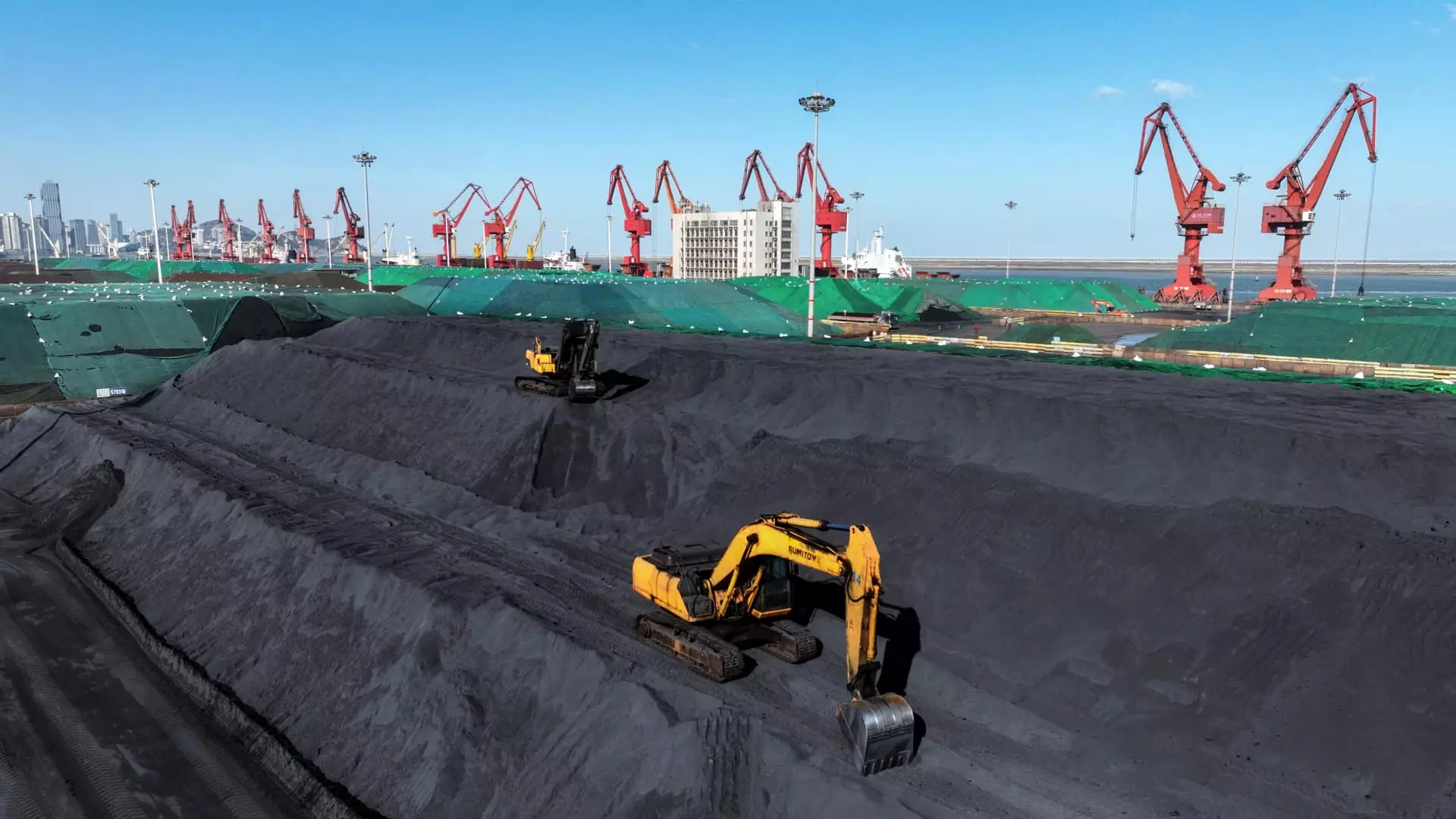In a concerning development for the Chinese economy, August saw industrial profits plummet by 17.8% year-on-year, according to the National Bureau of Statistics. This sharp decline follows a surprising increase of 4.1% in July, which had been seen as a sign that the recovery might be gaining momentum. The stark contrast in these figures raises critical questions about the sustainability of China’s economic growth, especially given the backdrop of ongoing global challenges and internal economic pressures.
Industrial profits in China encompass a wide array of sectors, including manufacturing, mining, and utility industries. For the initial eight months of the current year, large-scale industrial firms reported a modest profit growth of only 0.5%, totaling approximately 4.65 trillion yuan (around $663.47 billion). This figure is particularly striking when juxtaposed with the 3.6% growth observed over the first seven months of 2023. Such a slowdown in profit generation suggests that underlying economic issues may be exacerbating the financial landscape for many firms.
In light of these distressing trends, the Chinese government is intensifying its efforts to stimulate economic growth. Concerns are mounting that China may struggle to meet its GDP growth target of approximately 5% for the year. Challenges such as weak domestic demand, a protracted downturn in the housing market, and rising unemployment are weighing heavily on the economy. Recently, top officials, including President Xi Jinping, have emphasized the urgent need to address the stagnant property market and enhance both fiscal and monetary policy support.
In a decisive move, the People’s Bank of China has implemented a reduction in the reserve requirement ratio (RRR), cutting it by 50 basis points. This policy adjustment is an attempt to inject liquidity into the financial system and promote lending to businesses. Additionally, the bank lowered the 7-day reverse repurchase rate from 1.7% to 1.5%, a move aimed at further easing monetary conditions in an attempt to spur economic activity. Such changes indicate a proactive approach by the central bank in addressing the economic deceleration that has characterized 2023.
The economic landscape is further complicated by mixed performance indicators. While retail sales grew—but only by a mere 2%—industrial production managed a 4.5% uptick year-on-year. This tepid retail sales growth underscores the challenges faced by consumers and businesses alike. Furthermore, the real estate sector continues to show signs of distress, with fixed asset investments in this area collapsing by 10.2% through August, mirroring the previous month’s decline. This reflects a broader trend of uncertainty, particularly for industries heavily reliant on consumer confidence and investment.
As China navigates these economic difficulties, it becomes increasingly evident that sustained growth will require not only immediate monetary adjustments but also strategic long-term reforms. With urban unemployment edging up to 5.3% in August, the situation demands a multifaceted approach that promotes stability across various sectors of the economy. The coming months will be critical as the government balances the need for stimulus with the quest for sustainable growth in the face of mounting global pressures. As the world watches, the resilience of China’s economy will be put to the test.


Leave a Reply